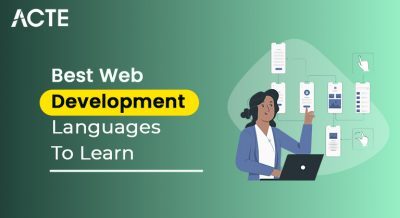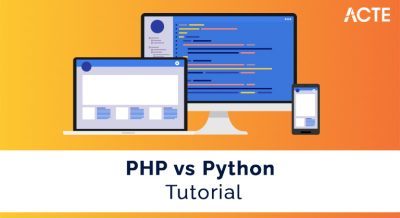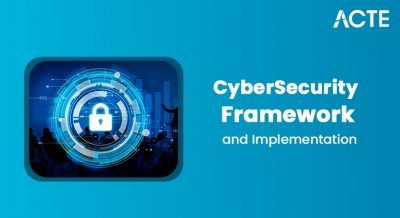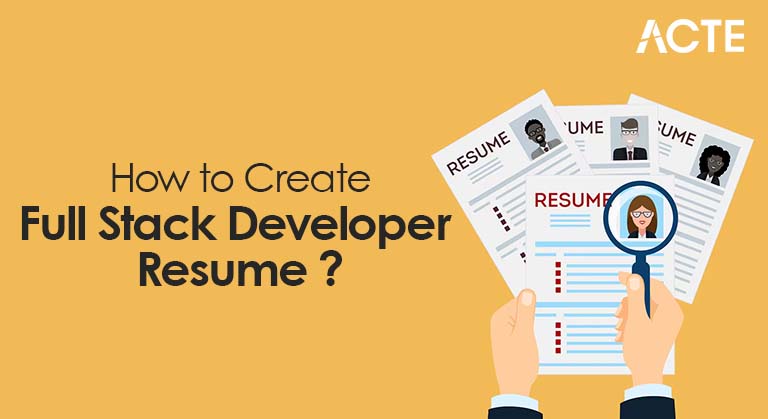
- Introduction
- Components of a Strong Full-Stack Developer Resume
- Showcasing Experience
- Building a Portfolio
- Skills and Tools for Full Stack Development
- Education and Certifications
- Cover Letter Tips for Full Stack Developers
- Conclusion
A Stack Developer plays a vital role in software development, working on both front-end and backend applications. Job Applications skill set spans multiple technologies, making them highly valuable in the tech Web Designing and Development Courses . Writing a standout resume as a Full Stack Developer is essential to capture hiring managers’ attention and secure interviews. This guide will walk through the components of a strong Full Stack Developer resume, how to showcase experience, relevant skills, educational background, certifications, portfolio-building tips, and interview preparation.
Introduction
A Full Stack Developer resume is the key document representing the key document representing a candidate’s technical skills, experience, and value proposition. It is essential that the resume not only presents a clear overview of what you can do but also demonstrates how your expertise meets the Downloading Node Js and NPM of potential employers. To maximize the chances of success, your resume should be well-structured, tailored to the job you’re applying for, and highlight the relevant skills that employers are looking for. In today’s competitive job market, Full-Stack Developers are expected to possess an array of skills, ranging from front-end design and development to backend logic and database management. The resume should clearly reflect this diversity of skills while providing evidence of practical experience through past projects and roles.
Gain in-depth knowledge of Web Development by joining this Web Developer Certification Courses now.
Components of a Strong Full Stack Developer Resume
A well-organized Full Stack Developer resume will typically include the following sections:
- Contact Information: This section includes your name, phone number, email address, LinkedIn profile (if applicable), GitHub link, and portfolio website.
- Professional Summary or Objective: Briefly summarize your experience and career objectives.
- Technical Skills: A concise list of programming languages, frameworks, libraries, and tools you’re proficient in.
- Experience: A detailed section outlining your relevant work experience and responsibilities in Full Stack Development.
- Education: Your academic background, degrees earned, and any relevant coursework.
- Certifications: Any relevant certifications or online courses showcasing your Full Stack Development expertise.
- Portfolio/Projects: A collection of projects Downloading Node Js and NPM your ability to handle front-end and backend tasks.
- Additional Information: Optional sections, such as awards, languages spoken, or contributions to open-source projects.
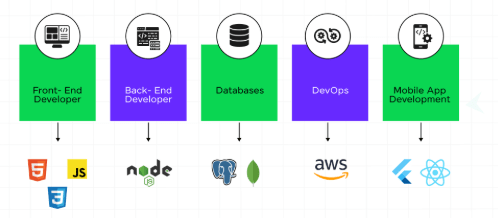
Showcasing Experience
Experience is one of the most important components of a Full-Stack Developer’s resume. Whether you are a seasoned developer or starting out, highlighting relevant experience can demonstrate your technical capabilities and problem-solving skills. When showcasing your expertise, providing context and measurable results is essential to make your achievements stand out.
- Use Action-Oriented Language: Begin each bullet point with an action verb to convey your impact. For example, use words like “designed,” “developed,” “implemented,” “optimized,” or “led” to describe your contributions. This emphasizes your active involvement in projects.
- Quantify Achievements: Whenever possible, quantify your contributions with numbers or Node JS Non-Blocking Behavior in Web Developer Training. For instance: “Reduced website load time by 30% by optimizing JavaScript code.” “Led a team of 4 developers to create an ecommerce platform, increasing sales by 15% in the first quarter.” These measurable results help hiring managers gauge your value to previous employers.
- Focus on Key Technologies : As a Full Stack Developer, you work with front-end and backend technologies. Be sure to emphasize experience with key frameworks, languages, and tools that are relevant to the position. If the job listing mentions specific technologies (e.g., React, Node.js, or Python), ensure those are included in your experience if applicable.
- HTML5: The foundational markup language for creating web pages.
- CSS3: Used for styling and layout of web pages.
- JavaScript: The programming language that brings interactivity to web pages.
- Front-End Frameworks: React.js, Angular, Vue.js, etc.
- Version Control: Git, GitHub, GitLab.
- Programming Languages: Python, Java, Ruby, PHP, Node.js (JavaScript), Go.
- Frameworks: Express.js (for Node.js), Django (Python), Flask (Python), Ruby on Rails (Ruby).
- Databases: SQL (MySQL, PostgreSQL), NoSQL (MongoDB).
- API Development: RESTful APIs, GraphQL.
- CI/CD Tools: Jenkins, CircleCI, Travis CI.
- Containerization: Docker.
- Cloud Platforms: AWS, Google Cloud, Microsoft Azure.
Boost your career in tech by enrolling in this Web Developer Certification Course today.
Building a Portfolio
As a Full-Stack Developer, having a portfolio is crucial to demonstrating your practical skills. A well-crafted portfolio gives employers a firsthand look at your work and can set you apart from other candidates. Choose Projects Wisely Include projects that showcase your ability to handle both front-end and backend development. Here are a few types of projects to consider Web Applications A personal blog, task manager, or e-commerce site demonstrating your full-stack capabilities. Open-Source Contributions to open-source projects highlights your ability to collaborate and code in real-world environments. Mobile Development If applicable, showcase any apps you’ve built using frameworks like React Native. Document Your Process Employers want to understand how you approach problem-solving. Be sure to provide explanations for each project that Web Developer Certification Courses The problem you were solving The backend technologies you used The challenges you faced and how you overcame them The final results or outcome Your portfolio should be well-organized, visually appealing, and easy to navigate. Platforms like GitHub, GitLab, or your personal web development are excellent places to host it.
Skills and Tools for Full Stack Development
A critical section in your resume is the Skills and Tools section. Full Stack Developers work across multiple layers of the development stack, from the user interface to the Database Management. React Native and Barcode important to highlight a comprehensive set of technical skills to show you can handle various aspects of software development.
Front-End Skills: These are the technologies used to build the user-facing part of the application. Critical front-end skills include:
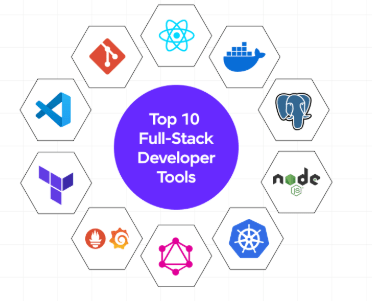
Backend Skills: Backend development involves building the server-side logic, Database Management interactions, and APIs. Standard backend technologies include:
DevOps and Deployment Tools: Being familiar with deployment tools and practices is crucial in modern software web development. These include:
Boost your career in tech by enrolling in this Web Developer Certification Course today.
Education and Certifications
The education section of your Full Stack Developer resume will typically list your formal qualifications, including your degree(s), university name, and graduation year. However, experience often outweighs education in the tech industry, so it’s important also to highlight relevant certifications and ongoing learning. Formal Education Most Stack Developers hold a degree in computer science, software engineering, or related fields. If you have a degree in another field but have gained technical expertise through self-study or boot camps, emphasize React Native Made Simple: Beginner’s Step-by-Step Guide. Relevant Coursework: Include any pertinent courses to Full-Stack Development, such as web development, database management, and programming languages. Certifications are essential in proving your skills and commitment to continuous learning. Some recognized certifications include: Certified Web Developer (by various platforms like freeCodeCamp, Udemy) AWS Certified Developer Oracle Certified Java Developer Microsoft Certified: Azure Developer Associate Google’s Associate Cloud Engineer Certification These certifications can make your resume stand out by showcasing your dedication to staying current with industry trends and technologies.
Boost your chances in Web Development interviews by checking out our blog on Web Development Interview Questions and Answers!
Cover Letter Tips for Full Stack Developers
Tailoring your resume for each job application is crucial to making a strong impression. Carefully read the job description and customize your resume to highlight the most relevant skills and experiences, using keywords that reflect the employer’s priorities. Emphasize your qualifications, such as technical skills and years of experience, that align closely with the role. Since Full Stack Developer positions can vary in focus—some leaning toward front-end, Control Statements in Java, or DevOps—adjust your resume accordingly. Additionally, a well-crafted cover letter can give you a competitive advantage. Personalize it by addressing the hiring manager by name when possible, and explain why you’re drawn to the company and the role. Use the letter to demonstrate your enthusiasm, communication skills, and how your background aligns with the job’s requirements.
Conclusion
A strong Full Stack Developer resume combines technical skills, experience, education, and the ability to demonstrate real-world problem-solving. Web Designing Training your resume for each application, building a robust portfolio, and preparing thoroughly for interviews are vital components in job-seeking. By following the tips and guidelines in this article, you can craft a resume that highlights your expertise and helps you stand out in a competitive job market.

